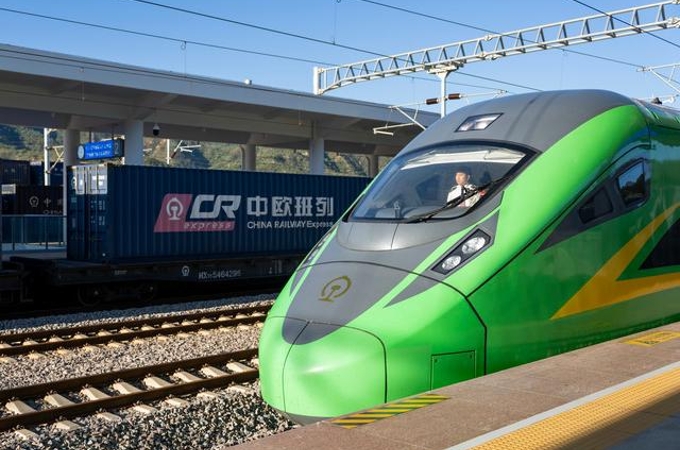Cochabamba, Bolivia
Source: InKunming | 2019-09-05 | Editor:陈盈盈

Cochabamba is a city and municipality in central Bolivia in a valley in the Andes mountain range. It is the capital of the Cochabamba Department and the fourth largest city in Bolivia, with a population of 630,587 according to the 2012 Bolivian census. Its name is from a compound of the Quechua words qucha "lake" and pampa, "open plain." Residents of the city and the surrounding areas are commonly referred to as cochalas or, more formally, cochabambinos.
It is known as the "City of Eternal Spring" or "The Garden City" because of its spring-like temperatures all year round. It is also known as "La Llajta," which means "town" in Quechua. Cochabamba's famous "Eternal Spring" continues to hold sway over the hearts of true Cochalos. Neither experiencing the humid heat of Santa Cruz nor the frigid winds of La Paz, Cochabamba enjoys a semi-arid climate (Köppen: BSk). The characteristic of the climate is an extended dry season that runs from May until October with a wet season that generally begins in November with the principal rains ending in March.

Cochabamba is known as the heart of Bolivia and the gastronomic capital.Traditional cuisine includes: salteñas, chuño, tucumanas, pique macho, silpancho, anticucho, sopa de mani, chicharrón, and many more dishes.The city's demographics consist of the following visible groups in order of prevalence: Western Hemispheric indigenous (mostly of Quechua and Aymara ethnicity), Mestizo or mixed Indigenous, and a minority of white Caucasoid and mixed white (Criollos).By 2013, the human development index of the Metropolitan region of Cochabamba was 0.801 as result of a 35% growth in the last 20 years.







